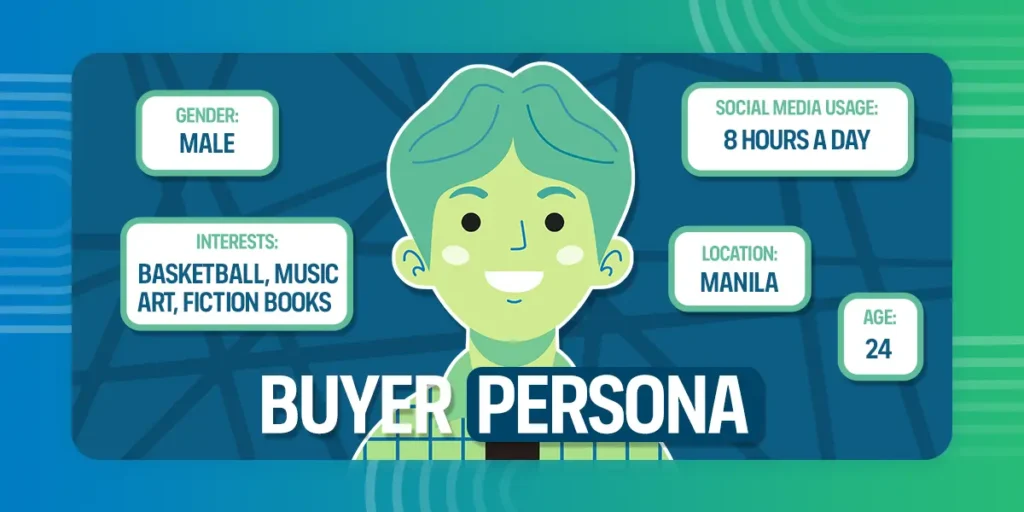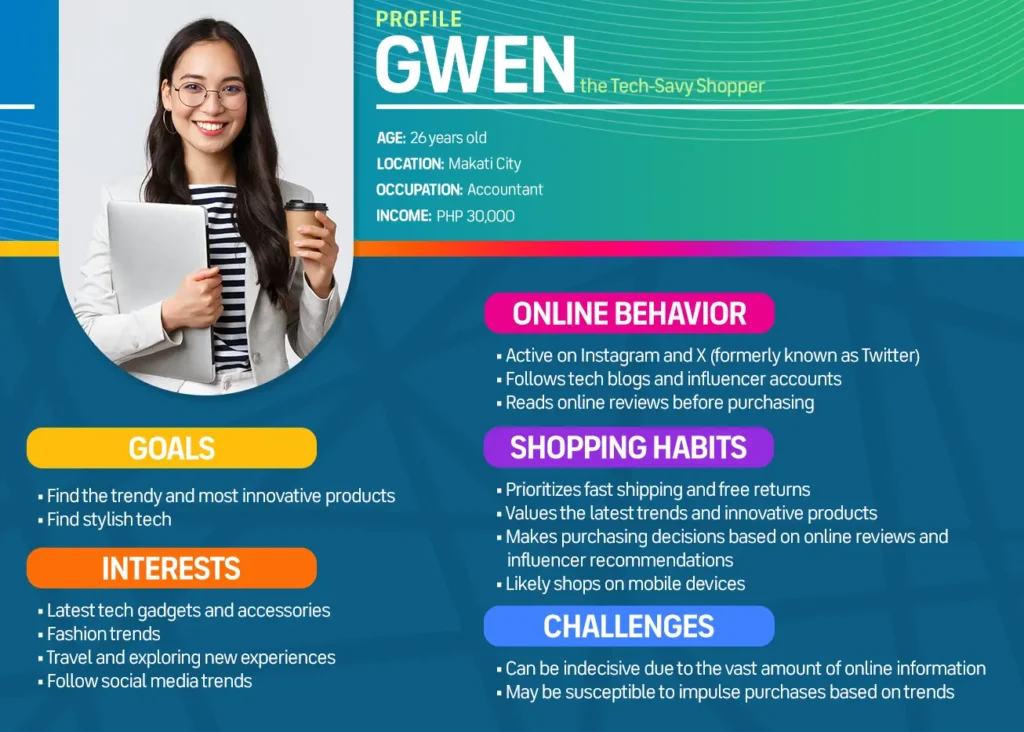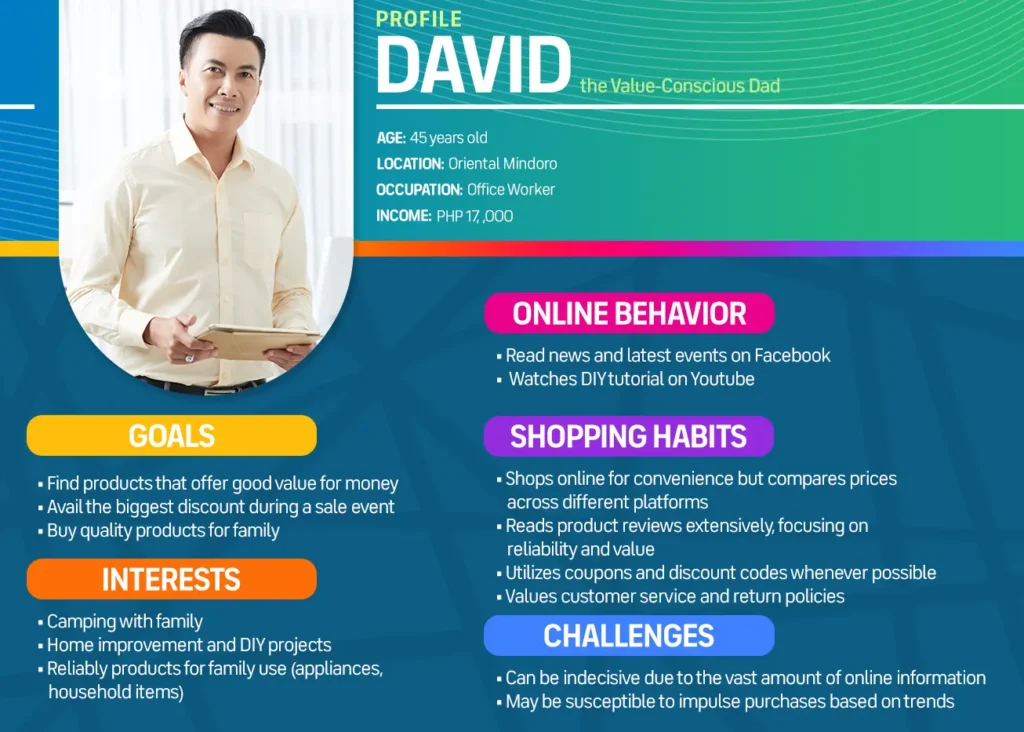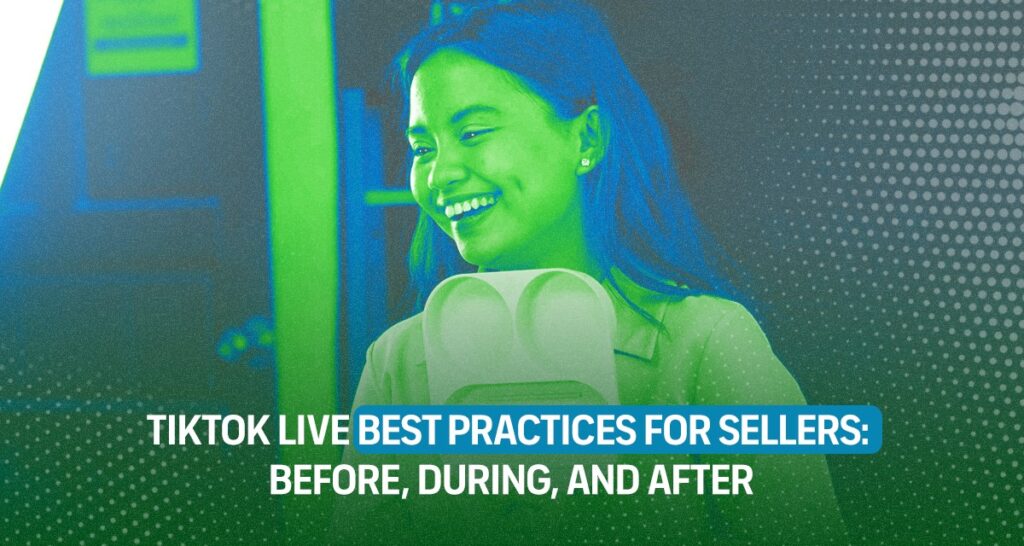Here’s the truth: without a clear understanding of your ideal customer, your business and marketing strategy will lack direction and effectiveness. This is especially important in e-commerce, where the level of competition is becoming more intense each day. This is where the concept of buyer personas comes in.
According to a study by Marketing Insider Group, 56% of companies using buyer personas generate higher-quality leads. Even more impressive, 93% of companies exceeding lead and revenue goals segment their database by buyer persona.
Creating Buyer Personas allows you to tailor your marketing messages and product offerings to resonate with your overall customer. But how do you get started building these buyer personas specifically for your e-commerce business?
In this guide, we will help you create effective buyer personas that will guide your marketing and business strategy.
What is a Buyer Persona?
Buyer persona they’re detailed profiles that capture the essence of your ideal customers. Keep in mind that this goes way deeper than just demographics (age, income, location). Sure, those basics are important, but personas also delve into psychographics.
Psychographics includes your customer’s interests (hobbies, preferred brands), online behavior (social media habits, favorite websites), and most importantly, their pain points (frustrations and challenges they face when shopping online).
The buyer persona is presented in a quick summary of demographic and psychographic information with a fake name and (stock photo) face. Providing an image and name to your profile is an important step to make it easier to recall and reference the persona in your decision-making process.
For example, you may have “Sarah the Style Seeker, who prioritizes trendy outfits and loves a good splurge. Then, there’s Practical Peter, who always prefers durable pieces. Lastly, there’s Discount Dan who prefers buying products on sale.
By developing a buyer persona for your e-commerce business, you can understand who you’re selling your products to. You can then use this data to tailor your marketing messages, improve customer experience, and even update your products
Now, it’s worth noting that every business needs multiple buyer personas to define different customer segments. But, don’t get overwhelmed. You can start with 1 to 5 profiles, just to capture the core segment. As your business grows and your customer base expands, you can then refine and potentially create additional buyer personas.
Why Do Buyer Personas Matter for E-commerce?

E-commerce is already a crowded landscape. According to Department of Department of Trade and Industry (DTI), the Philippines already has an estimated 2 million online sellers. Creating an e-commerce buyer persona guides your business and marketing efforts giving you a step ahead of
You can use your e-commerce buyer persona in the following areas: the competition.
1. Personalization
According to Hubspot blog research, 96% of marketers say it increases the likelihood of buyers. However, the benefits go beyond just sales figures and customer loyalty. Hubspot study also revealed that customers appreciate this tailored approach, 86% are more likely to become repeat buyers
2. Eliminate Wasted Ad Spend
Another benefit of creating a buyer persona is to increase the quality of your leads. Since your profile also outlines your ideal customer’s online behavior, you can target your advertising campaigns more effectively.
For example, you have Sarah in your Buyer persona, which is a young professional interested in fitness and healthy eating. She follows fitness influencers on Facebook and reads recipe blogs online.
With this knowledge, you can tailor your ads to appear on those specific platforms and prioritize showcasing healthy meal plans. You can also partner with a fitness influencer or create user-generated content on Facebook.
As you can see, by understanding your ideal customer’s online habits, you can increase the chance of reaching the right audience on the right channels. Doing this allows you to eliminate wasted ad spend and generate a higher quality of leads.
3. Enhance your Customer Experience
You can also use your e-commerce buyer persona to create a more satisfying experience for your website visitor.
For example, you have a style-conscious buyer persona. In your product description, you can highlight the trendy colors of your product. Additionally, you can use quality images of your products, showing how they fit with different fashion styles.
Moreover, If you’re selling through your own e-commerce store, you can use the data from your buyer persona to personalize product recommendations. Your goal should be to optimize search functionality, making it easier for customers to find what they’re looking for. This reduces frustration and increases the likelihood of a purchase.
4. Improve Product Development
Apart from enhancing your digital marketing efforts, you can use data from buyer personas to improve your products or develop new ones.
As mentioned, buyer personas also cover the pain points of different customer segments. Because of this, you can identify potential gaps in the market and develop new products that cater to those needs.
For example, to target budget-conscious customers, you can launch a budget-friendly product alongside your premium series.
This allows you to stay ahead of the curve and offer unique products that resonate with your target audience. You can also prioritize certain features that your buyer persona is looking for.
How to Create an E-commerce Buyer Persona in 6 Steps?

We’ve talked about why understanding your ideal customer is important for e-commerce. Now, let’s jump in and create one for your own online store! The following are steps that can help you to identify your e-commerce buyer persona:
1. Decide the Information You’ll Collect
You need to lay down a solid foundation if you want to create an effective e-commerce buyer persona. Without a plan, you’ll end up with random information that would lead your effort astray. This is a waste of time and effort.
Deciding what information is important upfront gives your research a clear direction and ensures you gather the most relevant details to build an accurate buyer persona.
For instance, you wouldn’t use customer research or census data to understand broad industry trends, consumer trends social media preferences. Instead, you might look at market research reports.
2. Interview Existing Customers
Do you know the best and most accurate source of information to refine your buyer personas? Your current customers! You might have a good idea of who they are and why they buy from you, but until you hear it straight from them, you can’t be entirely sure.
Ask questions that go beyond demographics. You should ask the following questions:
- What is your typical buying process?
- What challenges do you face most often when shopping online?
- How did you know our product/store?
- What websites do you visit regularly for [industry-related information]?
- What factors are most important to you when choosing an online store?
- What types of online platforms do you use for research?
- What devices do you typically use for online shopping?
- What are you typically looking for when shopping for [your product category]?
- What are your biggest concerns about buying [your product category] online? (security, quality, returns)
- What are your preferred payment methods for online purchases?
- How do you prefer to be communicated with by online stores?
Asking these questions allows you to have a glimpse of your customer’s buying behavior, motivation, goals, and pain points. Of course, these are just a starting point. You can tailor these questions to fit your specific product category and target audience.
3. Visit Your Analytics Tools
Your analytics tools can be a goldmine of information. For instance, Google Analytics can reveal where your website traffic originates from (age, location), what content they engage with the most (interests), and how they navigate your site (behavior).
Facebook Audience Insights is another valuable resource. It provides insights into your existing audience’s demographics, interests, and online behavior.
Finally, SEO tools offer a wealth of information about keywords. You can discover what keywords your target audience uses to find similar websites, identify your competitor’s keyword strategies, and stay updated on market trends and potential customer interests.
All this data from your tools is valuable in creating an effective and accurate e-commerce buyer persona. By doing this, you can create a buyer persona that’s more than just an assumption, but data-drive
4. Segment your data
At this point, you should already have data that you can use for your buyer persona. The next step then is to identify different segments within your market that share common characteristics.
For example, your gathered data might reveal two distinct segments:
- First segment: young, tech-savvy millennials in urban areas who prioritize the latest trends, and;
- Second Segment: budget-conscious families in suburban areas who value product reviews and value for money.
By segmenting your audience in this way, you can create separate buyer personas for each group.
5. Draft Your Persona
At this step, you need to embody the traits of your ideal customer. To do this, give your persona a name, a face, and a story. This narrative makes the persona relatable and memorable.
Let’s take our previous segments as an example: Let’s name the first segment, the tech-savvy millennial as “Gwen”, and our second segment, the budget-conscious dad as “Tim”.
Here’s how you can draft a buyer persona using the information we discussed:

Gwen, the Tech-Savvy Shopper
Demographics:
Age: 26
Location: Makati City
Occupation: Accountant
Income: P30,000
Goals:
- Find the trendy and most innovative products
- Find stylish tech
Interests:
- Latest tech gadgets and accessories
- Fashion trends
- Travel and exploring new experiences
- Follow social media trends
Online Behavior:
- Active on Instagram and Twitter
- Follows tech blogs and influencer accounts
- Reads online reviews before purchasing
Shopping Habits:
- Prioritizes fast shipping and free returns
- Values the latest trends and innovative products
- Makes purchasing decisions based on online reviews and influencer recommendations
- Likely shops on mobile devices
Challenges:
- Can be indecisive due to the vast amount of online information
- May be susceptible to impulse purchases based on trends
Now, let’s draft the buyer of our second segment, Tim, the budget-conscious Dad:

David, the Value-Conscious Dad
Demographics:
Age: 45
Location: Oriental Mindoro
Occupation: Office Worker
Income: P17,000
Goals:
- Find products that offer good value for money
- Avail the biggest discount during a sale event
- Buy quality products for family
Interests:
- Camping with family
- Home improvement and DIY projects
- Reliably products for family use (appliances, household items)
Online Behavior:
- Read news and latest events on Facebook
- Watches DIY tutorial on Youtube
Shopping Habits:
- Shops online for convenience but compares prices across different platforms
- Reads product reviews extensively, focusing on reliability and value
- Utilizes coupons and discount codes whenever possible
- Values customer service and return policies
Challenges:
- Finding high-quality products within his budget
- Filtering through marketing claims to find true value
This is just an example of an e-commerce buyer persona. Depending on your data and goals, you can add more details to create your own.
6. Test and Refine
The market is ever-changing, and so are your customers. This is why you need to regularly review and update your buyer personas to reflect new insights and trends. You can go back and follow steps 1 to 5 as your guide. This will keep your e-commerce business agile and customer-centric.
Create a Targeted Strategy
Creating a buyer persona is a crucial step in identifying and understanding your ideal customers. However, it’s just one aspect of crafting a targeted e-commerce strategy. It’s also a continuous process that requires regular refinement.
Need an expert help? Be Global E-commerce Corporation has a team of digital marketing specialists who can help you with a personalized strategy. We work collaboratively to get you the results you deserve
Contact us today and let our team finetune your e-commerce strategy.





